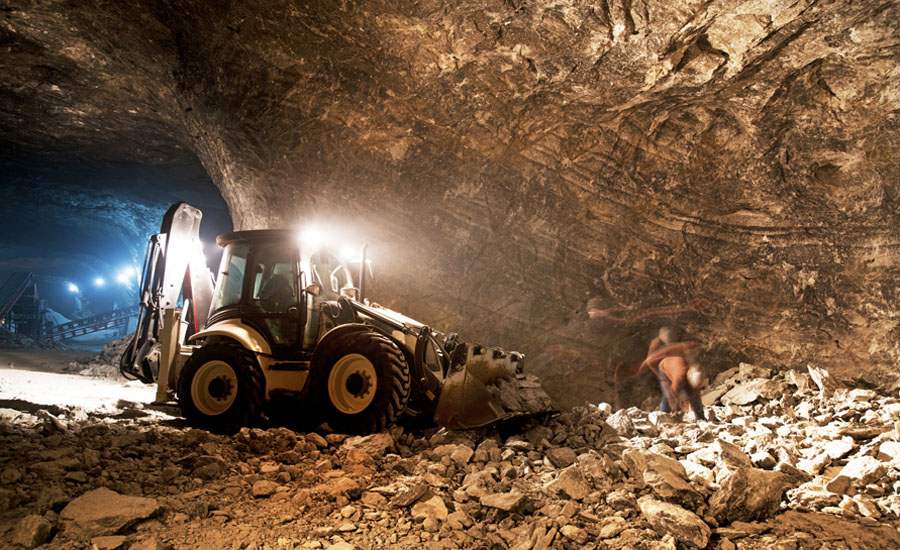Coal miner’s black lung disease on the rise in several Appalachian states

One in five working coal miners in central Appalachia who have worked at least 25 years now suffer from the coal miners' disease black lung. That's the finding from the latest study tracking an epidemic of the incurable and fatal sickness.
It's the highest rate in a quarter century and indicates that the disease continues to afflict more miners in Kentucky, Virginia and West Virginia.
"We haven't seen this rate of black lung since before the early '90s," Cara Halldin, an epidemiologist at the National Institute for Occupational Safety and Health (NIOSH) and one of the authors of the study, told National Public Radio.
Black lung results from the inhalation of coal and silica dust during coal mining. Lung tissue is scarred by the dust, which diminishes the ability to breathe.
The study's researchers reviewed nearly 50 years of coal miner X-rays taken as part of a national NIOSH effort to identify disease among working coal miners. They compared the last five years of X-rays with those taken earlier.
In addition to the heightened rates of disease, the study found that the most severe form of disease – progressive massive fibrosis – now occurs in five percent of veteran miners in the region, the highest rate ever recorded.
"We can think of no other industry or workplace in the United States in which this would be considered acceptable," wrote Halldin and her colleagues in the American Journal of Public Health.
The study shows that "the protections that we've had in place" to protect coal miners from toxic dust "have not been adequate," says Celeste Monforton, a former federal mine safety regulator and lecturer in public health at Texas State University.
The National Mining Association spokeswoman Ashley Burke noted that the study involves "miners whose exposure dates back decades before more rigorous standards were put into place."
That's a reference to new mine dust exposure rules fully imposed by the federal Mine Safety and Health Administration (MSHA) in 2016.
"One of the challenges that we face in addressing this disease is that symptoms do not typically present for more than 10 years," Burke adds, "which means we don't yet know if the changes made to the dust standards are making a difference."
Source: National Public Radio; http://www.npr.org/.
Looking for a reprint of this article?
From high-res PDFs to custom plaques, order your copy today!




